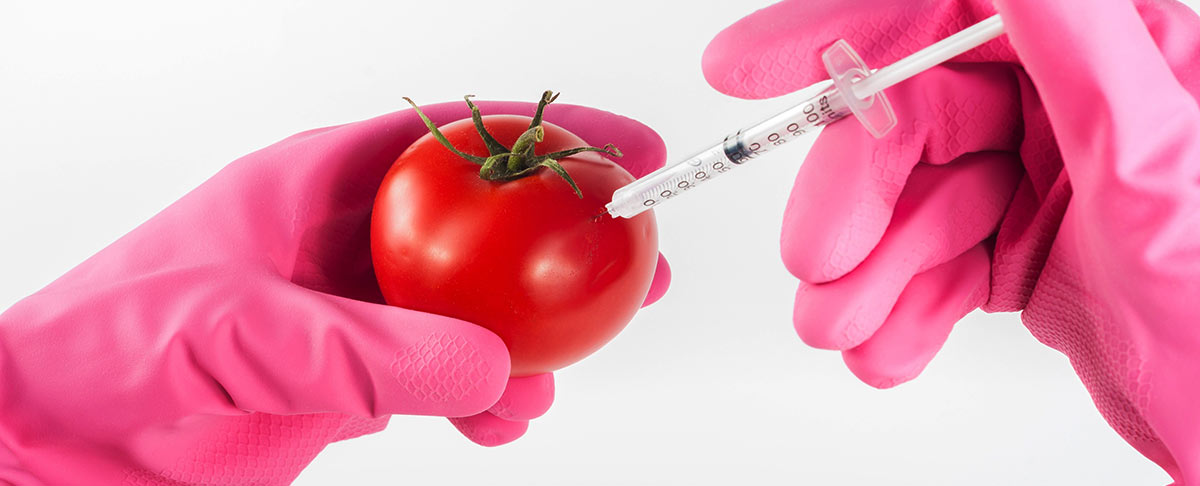
Within the entire food industry, GM food has been tarred with a brush that just can’t be washed off.
There is a misconception about what GM means, but with education, the public perception and opinion is slowly changing.
The problem lies in what we perceive as genetic modification in our food production system.
We have an expectation that genetic modification involves the use of chemicals, radiation and other nasty experiments on our humble crops.
Whilst in some contained cases this is true, the actual methods are normally much more mundane and in fact we have managed to create many of our common crops via some for of genetic management and control.
A lot like breeding – but much much faster
Selective breeding of crops is essentially a form of genetic modification, our farmers pick only the crops that grow to be the most prominent or bear the most produce.
The old-fashioned method of this was cross-breeding of plants, but the general populace have a misconception of this, with most never even realising.
Over several crop seasons, the preferred or wanted traits will become more visible or evident. Unfortunately, this classic type of plant modification is a slow and somewhat limited process.
Newer and faster techniques take this old method a step further, such as gene editing – which involves making small insertions or deletions of plant DNA – are helping to make our plants much more hardy, resistant to major diseases and yield even more crops.
The adverse reaction from consumers to this method of improving crop yields and growth efficiency has been one of fear and misinformation.
GMOs are safe, we would not use them if we thought otherwise. Safe food is, and always has been, our number one priority. Global food and safety regulatory bodies including the FDA and the WHO have also verified their safety. For more facts please visit: https://t.co/dwt1KAxRTJ
— Betty Crocker (@BettyCrocker) May 17, 2018
Our supermarket shelves are lined with products that will have had some form of genetic modification if they have come from a crop, it’s that simple.
Only the cattle that produce the most meat or the most milk are then bred so that their positive traits are kept. The same goes for fruit and vegetables.
When raw science is introduced, then the general populace becomes confused or simply ignores the positive effects of this minor tinkering with our plants.
Imagine a crop that needs 1/10th the amount of water that it’s current counterpart requires, but that grows at just the same rate.
We could produce food in fractions of time with fractions of the resources required currently for fractions of the cost.
True investment into the work of scientists and farmers of GM crops could truly revolutionise our food production methods and bring a new era of food prosperity.
Well, luckily for us attitudes nationally and globally are changing for the better.
No evidence of danger
The World Health Organisation has addressed a whole host of the common complaints and questions regarding GM food, including allergens and toxicity, with no ‘real world’ evidence that genetically modified crops have any adverse effect on humans or the immediate environment.
A poor public perception and media furore often means public opinion is often swayed without hearing directly from the people that can explain the benefits.
By using these food production techniques we could reduce the risk of allergic reaction to specific foods – peanuts being a prime example – or increase the nutritional benefit, with the right implementation the possibilities are almost endless.
